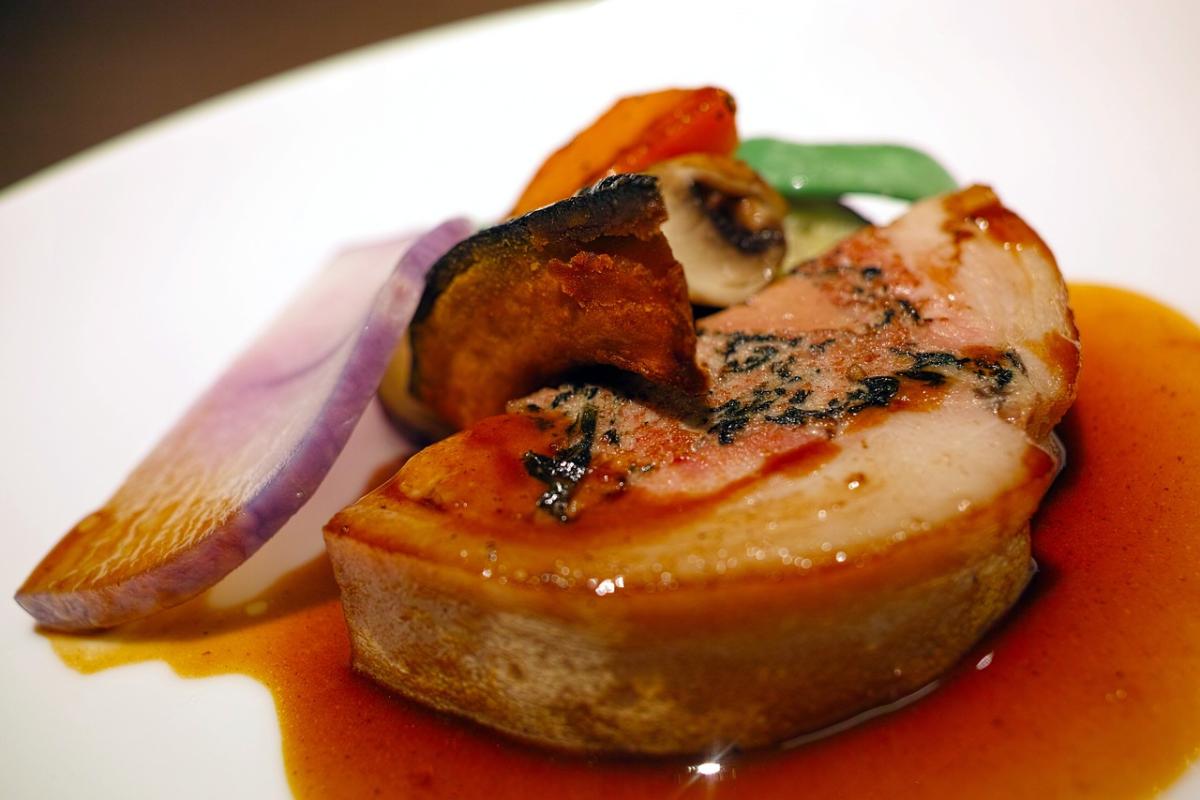Duck foie gras is a delicacy that comes from the liver of ducks that have been specially fattened. This luxurious food is known for its rich, buttery flavor and smooth texture, making it a favorite among culinary enthusiasts. The term "foie gras" itself means "fat liver" in French, and it has been a cherished tradition in French cuisine for centuries. While foie gras can be made from both ducks and geese, duck foie gras has become increasingly popular due to its unique taste and the humane practices often associated with duck farming.
To produce duck foie gras, farmers will typically fatten the birds using a method called gavage, where they are fed a high-starch diet to enlarge their livers. This process is subject to strict regulations in many countries, ensuring that the ducks are treated humanely. Once the livers have reached the desired size, they are harvested and carefully prepared. The result is a delicacy that is rich in flavor and can be enjoyed in various ways.
Duck foie gras can be served in many forms, from pâté and terrine to seared slices or mousse. It pairs beautifully with sweet accompaniments like fruit preserves or caramelized onions, which help balance its richness. Additionally, it can be served on toasted bread or crackers, making it a perfect appetizer for special occasions. When cooked, the foie gras develops a beautifully crispy exterior while maintaining its creamy interior, elevating any dish it is part of.
Enjoying duck foie gras is not just about the taste; it's also about the overall experience. The key is to savor it slowly, allowing the complex flavors to unfold on your palate. Whether you’re a seasoned foie gras lover or trying it for the first time, this luxurious ingredient promises to delight your senses and create a memorable culinary experience.
The Process of Making Foie Gras
Making foie gras is a delicate process that requires skill and patience. It all begins with the ducks, typically the Moulard or Muscovy varieties, which are known for their ability to store fat in their liver. Farmers raise these ducks in a stress-free environment, allowing them plenty of space to roam and enjoy a natural diet rich in grains and corn.
The next step is the feeding process, known as "gavage." This involves gently feeding the ducks through a specialized tube, delivering a high-energy diet that encourages the liver to accumulate fat. This process is carefully monitored to ensure the well-being of the birds. Over a period of two to three weeks, the ducks can gain significant weight, and their livers can expand to up to ten times their normal size.
Once the ducks reach the desired weight, they are humanely harvested. The livers are then carefully removed and processed. Chefs often prepare foie gras by removing any imperfections and slicing the liver into portions. The liver can be cooked in various ways, including searing, poaching, or making a terrine, allowing the rich flavors to shine through.
As the foie gras cooks, the fat renders, creating a luxurious, buttery texture that is simply irresistible. It can be enjoyed on its own with a sprinkle of salt or paired with sweet accompaniments like fig jam or fruit compote. This delightful dish is often served on toasted bread or alongside a fresh salad, making it a perfect appetizer or indulgent treat for special occasions.
Best Ways to Serve Foie Gras
Another popular way to enjoy foie gras is by serving it as a seared steak. Searing foie gras in a hot pan for just a minute or two on each side creates a caramelized crust, enhancing its luscious texture. Serve it atop a salad of mixed greens with a light vinaigrette for a delicious contrast. The freshness of the greens and the warmth of the foie gras make for an extraordinary combination.
For a more indulgent experience, consider creating a foie gras terrine. Layer the foie gras with aromatic herbs and spices in a terrine mold, allowing the flavors to meld together. Chill it until firm, then slice it into beautiful pieces. Serve the terrine with crusty bread and a side of pickled vegetables for a gourmet appetizer that highlights the delicacy of foie gras.
If you're feeling adventurous, a foie gras mousse is another fantastic option. Blend the foie gras with cream, a splash of cognac, and a pinch of salt until smooth. Once chilled, serve the mousse in small dishes with thinly sliced radishes or apple, adding a refreshing crunch to the creamy texture. This fun and modern presentation is sure to be a hit at any gathering!
Pairing Drinks with Duck Foie Gras
One of the most classic pairings is sweet wine, particularly Sauternes or a late-harvest Riesling. The sweetness of these wines beautifully contrasts the savory, buttery notes of foie gras. The acidity in the wine cuts through the fat, allowing each bite to melt in your mouth while enhancing the overall flavor profile. When served chilled, these wines provide a refreshing complement.
If you prefer something different, consider sparkling wines such as Champagne or Crémant. The bubbles in these wines cleanse the palate, making each sip a delightful accompaniment to the creamy foie gras. Choose a vintage Champagne for a more sophisticated pairing, or opt for a fruit-forward Crémant to match the dish’s decadence.
For those who enjoy cocktails, a classic gin and tonic or a herbal aperitif like Lillet can work wonders. The botanicals in gin or the herbal notes in an aperitif can enhance the flavors of the foie gras, while the refreshing nature of these drinks balances its richness. Serve them in elegant glassware, and you'll create an unforgettable tasting experience.

